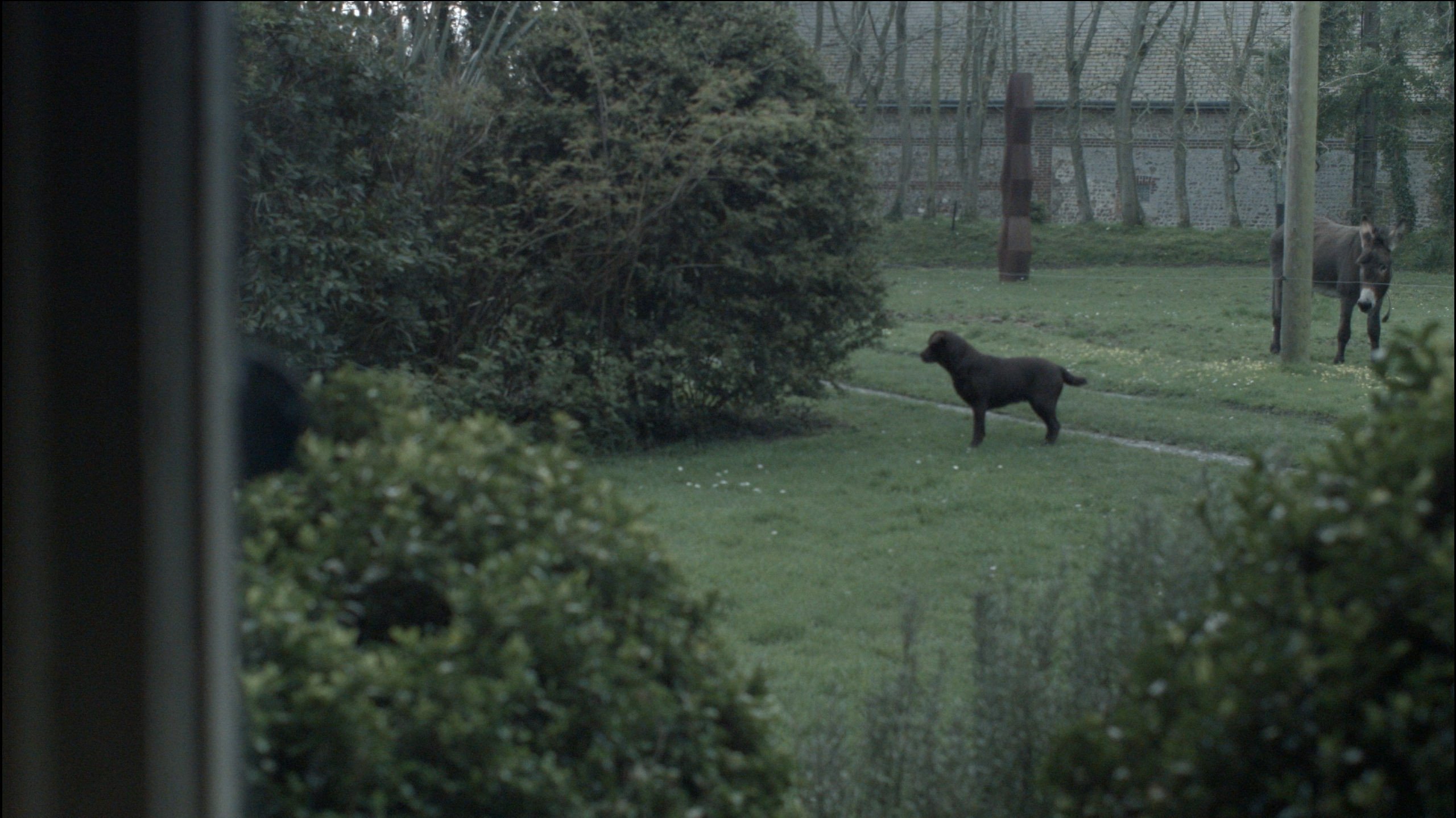Still Life Primavera is part of the long line of your films made in your house in Vattetot-sur-Mer. It stands out through the choice of a single frame, with 24 variations unfolding over 24 minutes. What was the origin of this film? What led you to this form, this protocol?
On 27 February 2024, like many other filmmakers and artists, I received a message from Narimane Mari inviting me to make a cinematic gesture rooted in Palestine—something that would bear witness to what is blotted out on the screens of History, when thousands of lives are targeted by Israeli airstrikes, forbidden from living on their land. But how, from so far away, can we share in the fear of death? How can one resist the world’s greatest misfortunes from one’s own garden? I contributed to Narimane’s series of filmic gestures, titled Some Strings, with a four-minute Ex-voto for Gaza. I wanted to extend that gesture into something 24 minutes long.
I imagined an action where I would move as little as possible. I filmed one minute per hour, for twenty-four hours (without sleeping), on the first day of spring, never once moving the camera from its position.
The setup centres mainly on a window looking out onto the garden. In daylight, different things occur on the far side of the glass: animals appear, light and colour shift with the changing atmosphere. But in darkness, the window becomes a mirror, reflecting things from inside the house. Can you comment on this double aspect of the window, and of the film?
The garden always more or less evokes paradise, with its tame nature and domestic animals; yet the radio and newspapers constantly remind us that hell is not far away.
While filming, I had a better idea of what might happen outside than inside (although the sea mist still surprised me). It’s an empirical film, an experimental film—made blindly. I hadn’t anticipated all the reflections on the window at night. I had never noticed, for instance, that reflections could layer upon one another, like natural superimpositions.
Still Life Primavera: a double title, a composite title, which you display split in two at the start of the film. It evokes many associations, but what stands out is a stark contrast between its two parts: Still Life/Primavera. Could you comment?
A silent nature of spring and of death.
Though the film never leaves the house, the violence of the world—that of Gaza—reaches it. It does so very indirectly: a computer screen in the night. We see little; we guess, we recognise. Why this mode of appearance?
It seemed to me that this very indirect approach—through reflection and through the night—gave the impression, the superimpression, that the violence came from our deepest, most anxiety-ridden night.
Why does that hand appear, placing itself on the screen, its silhouette outlined?
It was a spontaneous, unplanned gesture. I hadn’t thought of it. My hand was drawn to the image, as if magnetised. As if it could stop the war.
Still Life—silent life. In terms of sound, the film is dominated by a silence that seems to be one of solitude—including the sound of the washing machine—but also of contemplation. Yet the film opens and closes with music, the source of which you reveal in the credits: Eyeless in Gaza. How did you work with sound in the film? Is all the sound direct?
Amid the wonder of spring—which plants, animals and humans all enjoy—bombs fall in the distance and echo inside the head. No real silence, no rest!
The British band Eyeless in Gaza appeared in the 1980s, and I’ve never stopped listening to them. In the film, you hear them like fragments of a refrain—one from my own story, which crosses through History. Sound, music, silence and noise (those everyday sounds that escape us)—I worked on them on the same level as the image, at the same time, in the same immobile gesture of contemplation.
Interview by Cyril Neyrat
